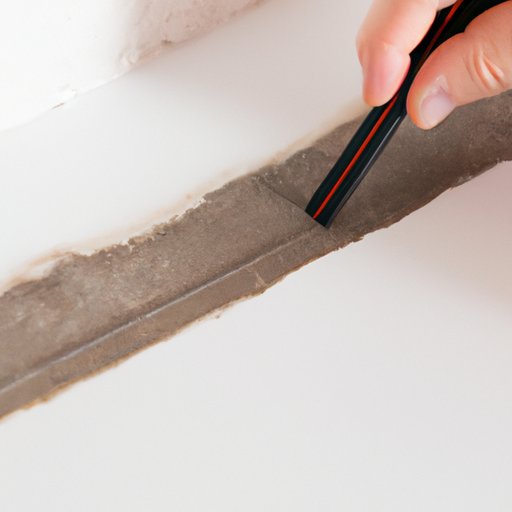Introduction
Mold is a common problem that can lead to serious health risks and structural damage if left undetected and untreated. Whether you are a homeowner, renter, or business owner, taking proactive steps to test for mold can save you from costly and dangerous consequences. In this article, we will provide information on how to test for mold, the dangers of mold, methods and tools for testing, signs of infestation, hiring professional testers, DIY testing, and prevention tips.
The dangers of mold
Mold is not only unsightly but can also cause serious health issues like allergies, asthma, respiratory problems, and skin irritation. Long-term exposure to mold can even lead to more severe conditions like lung infections and neurological problems. Moreover, mold growth can cause damage to the structures of your home or office, leading to decreased property value. Therefore, it is essential to be aware of the importance of testing for mold to mitigate these risks.
Methods and tools for testing for mold
There are many methods for testing for mold, but some of the most common ones include air sampling, surface sampling, and ERMI testing. Air sampling involves collecting air samples to measure the concentration of mold spores in the air. Surface sampling involves collecting samples from visible mold growth or surfaces and testing the samples in a lab. ERMI testing is a more advanced method that uses a DNA-based analysis to identify different species of mold. Each method has its pros and cons, and the choice of method depends on the specific needs and circumstances of the property.
Signs of mold infestation
The most apparent signs of mold growth include visible spots on walls, ceilings, or floors and a musty odor. If you or anyone else in the property experiences symptoms like sneezing, coughing, or watery eyes, it could be a sign of mold exposure, especially if the symptoms worsen when they are at home or work. Water damage and moisture issues like dampness, discoloration, or peeling paint are also common signs of a mold infestation. Places like bathrooms, kitchens, and basements are more prone to mold growth because of humidity and moisture levels.
Hiring professional mold testers
Hiring professional mold testers can help you determine the extent of the mold problem and come up with an accurate plan of action to mitigate it. Look for a qualified mold testing company that has experience, certification, and insurance. Ask them about their testing methods, equipment, and laboratory analysis. The cost of hiring a professional tester varies based on the size and complexity of the job, but it can be worth it in the long run.
DIY mold testing methods
There are many mold test kits available in the market that allow you to do your testing at home. These kits vary in complexity and cost, but they all involve collecting samples and sending them to a laboratory for analysis. Follow the instructions carefully and take precautions like wearing gloves and a mask when collecting samples to avoid exposure to mold spores. Keep in mind that DIY testing is not always reliable and may not give you a complete picture of the mold problem. If you suspect mold growth, it is best to have a professional company test for it.
How to prevent the spread of mold
Preventing mold growth requires proper moisture control and ventilation. Fix any leaks or water damage promptly and keep humidity levels low in your home or office. Use dehumidifiers and air conditioners in humid areas like basements and bathrooms. Regularly cleaning and drying surfaces like walls, carpets, and furniture can also prevent mold growth. Good ventilation in the form of fans, windows, and vents can keep the air circulating and reduce the risk of mold infestation.
Conclusion
Testing for mold is essential to maintain a healthy and safe home or office environment, especially if you suspect mold growth or have experienced any health symptoms. Whether you hire a professional tester or do it yourself, take action as soon as possible to mitigate the risks of mold exposure and structural damage. Don’t neglect moisture control and ventilation, and be proactive to prevent mold growth by keeping your property dry and clean. By following these tips and taking the necessary precautions, you can ensure the safety and well-being of yourself and those around you.
